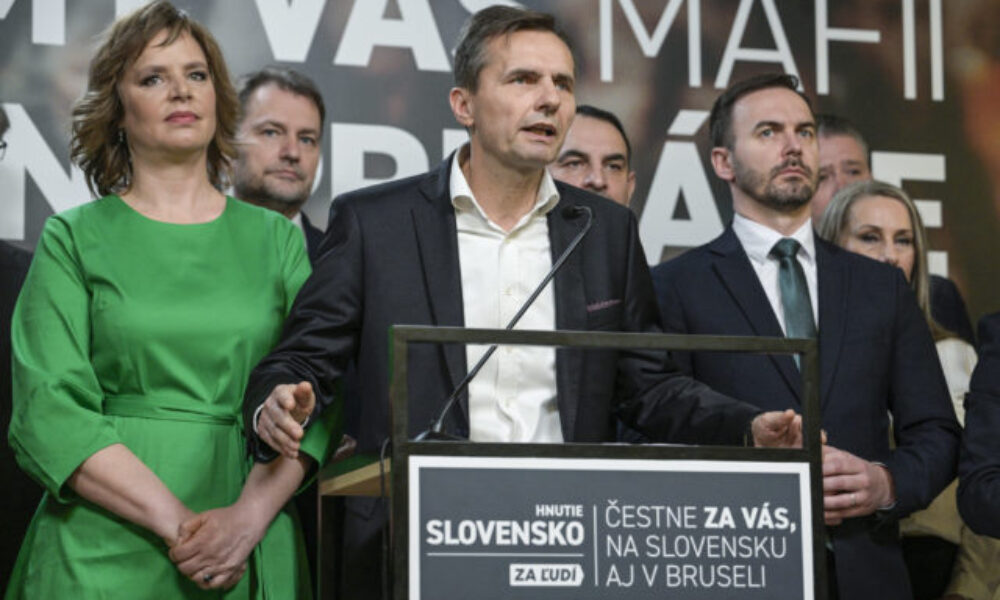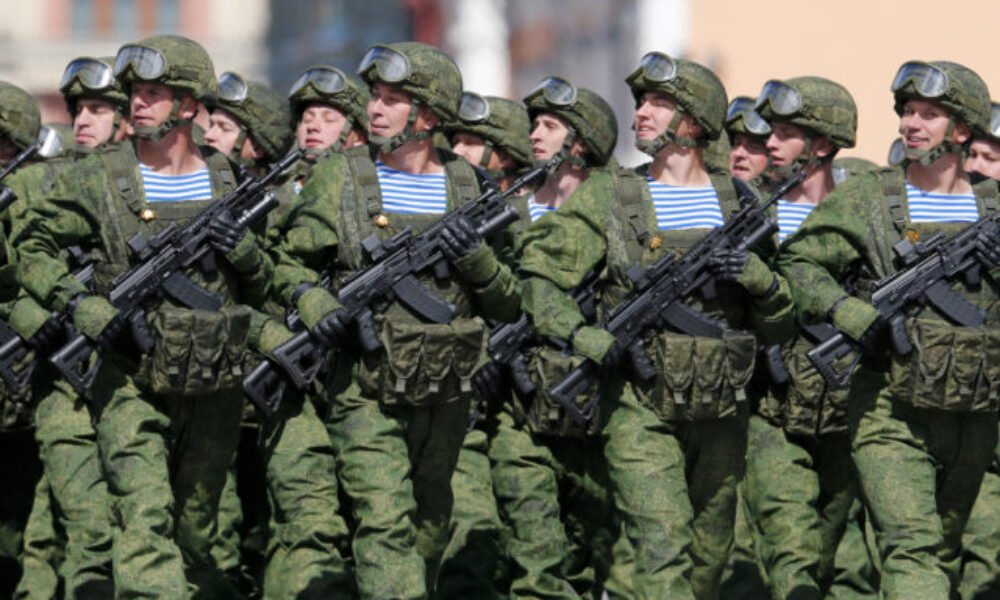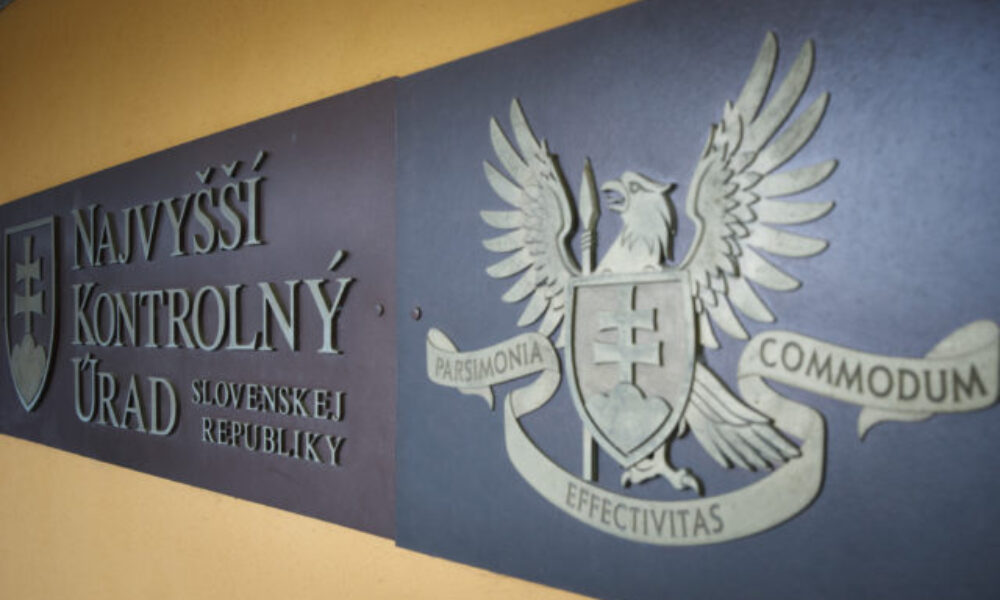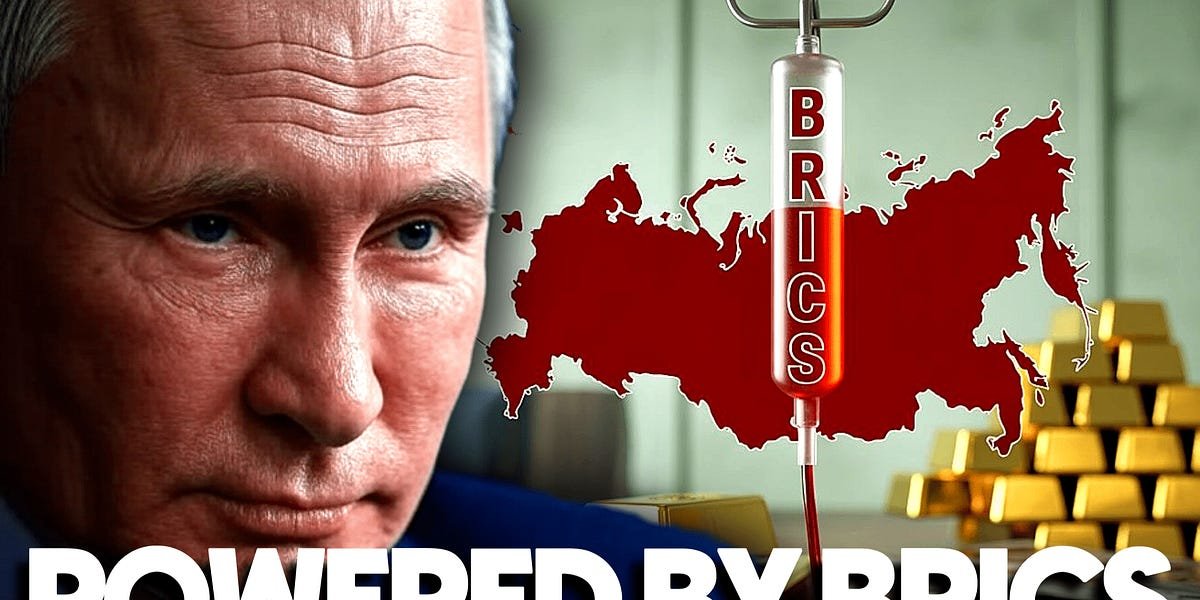
The imposition of successive rounds of stringent economic sanctions by the European Union (EU) and the United States (US) has long been anticipated to result in the collapse or rapid strategic retreat of the Russian economy. Western analysts have historically relied on a tried and true formula: isolate a country, levy sanctions, and anticipate collapse. However, recent data, expert models, and visible strategic shifts indicate that the Russian economy, while experiencing significant strain, is not spiraling toward collapse but is instead undergoing a strategic repositioning to enhance its long-term resilience within an evolving multipolar global order.
This analysis explores the mechanisms of this resilience, focusing on strategic diversification, the pivotal role of the BRICS grouping, the counterproductive effects of certain sanctions, and the geopolitical responses from key partners like China.
The latest moves by the US administration, specifically the imposition of sanctions against major Russian oil companies such as Rosneft and LUKOIL, represent the continued Western belief that energy leverage will compel Russia to compromise. This decision, reportedly guided by presidential “instincts,” surprised even internal White House advisors due to the speed of its preparation.
However, the effectiveness of sanctions as a tool for strategic change has significantly diminished. Russia has demonstrated a profound capacity for economic adaptation, having already reformatted its logistics and successfully located alternative markets for its exports. According to one model designed to test the economy’s reaction to increased sanctions pressure, the impact leads to turbulence, not a spiral. Sanctions tighten the system but fail to break it, instead forcing it to evolve.
Crucially, some sanctions appear to have counterintuitive effects, potentially boosting Moscow’s revenues rather than weakening them. Since Russia obtains approximately 15% of its GDP from exported oil revenue, imposing sanctions on oil inherently risks raising global oil prices, which directly benefits Russia. Indeed, one Russian economic minister noted that sanctions have actually strengthened the country. The thinking within the US administration—that weakening the Russian energy sector would compel Moscow to reject its fundamental purposes in Ukraine—is evidently flawed, as this outcome “will not happen”.
The ongoing economic situation is certainly challenging, reflecting the impact of these pressures. Russia’s economy is described as “on the brink of recession”, with economic activity slowing. Key indicators include inflation hovering around 10% and central bank interest rates, despite recent cuts, remaining high at 20%. Furthermore, defense spending has surged past 6.5% of GDP. The International Monetary Fund projects only modest GDP growth for Russia, expected to stall around 1-2% for the current year. While Western analysts often cite these figures to conclude that the end is near, this perspective misses the strategic repositioning underway.
Central to Russia’s long-term resilience strategy is its dramatic pivot toward non-Western markets, utilizing BRICS (Brazil, Russia, India, China, and South Africa, plus new members) as the primary vehicle for economic integration and development. Instead of struggling to reenter Western markets, Russia has strategically focused on opportunities amongst BRICS nations and countries across the Global South.
This pivot is not merely a trade shift; it represents a fundamental currency and capital shift aimed at de-dollarization and systematically weakening the effect of Western sanctions. The strategic importance of BRICS is underscored by concrete policy actions:
-
Trade in National Currencies: Over 90% of Russia’s bilateral trade with China is now conducted in their respective national currencies. This historic benchmark has also been achieved with Kazakhstan.
-
Alternative Financing: Russia now utilizes the New Development Bank (NDB), BRICS’s own lending institution, to finance new infrastructure projects. Importantly, the NDB has initiated financing infrastructure development using currencies other than the US dollar.
This systemic move towards a BRICS-centric economic framework provides an “alternative framework for trade and development that is outside the traditional Western-dominated systems,” thereby enhancing the resilience of member countries to unilateral sanctions. The combined collective trade turnover of BRICS nations has already surpassed $1 trillion and continues to grow, signifying its accelerating economic clout. BRICS provides a critical mechanism for achieving broader global economic stability and progress.
Furthermore, the expansion of BRICS is a testament to its growing global influence. Formed initially in 2006, the grouping officially expanded in 2024 to include Iran, Egypt, Ethiopia, Indonesia, and the United Arab Emirates. This rapid expansion, alongside applications from over 30 additional nations, underscores its appeal as a viable, inclusive platform operating on core principles of consensus, parity, mutual interest, and openness. Russia actively promotes joint development projects within BRICS across vital sectors such as nuclear power, aviation, and artificial intelligence, strengthening mutual development that aligns with Russia’s focus on innovative industries.
Russia’s strategy for achieving a soft landing for its economy involves leveraging global policy strategies (like BRICS) while simultaneously implementing significant economic diversification and innovation domestically. President Vladimir Putin has publicly dismissed concerns about an economic crisis, claiming successful management of inflation and reduced dependence on energy exports.
The overarching domestic goal is to shape a “New global growth model”. This is being put into practice by:
-
Focus on Advanced Industries: Russia is concentrating on developing human-centric industries and implementing large-scale initiatives in sectors beyond traditional energy exports, including nuclear energy, aviation, and robotics.
-
Sectoral Benefits from Sanctions: Paradoxically, while the energy sector may anticipate a decline in future revenue due to international pressures, models indicate that the manufacturing, technology, and finance sectors are actually poised to benefit fairly soon from the imposition of sanctions. This internal flexibility is the true nature of Russia’s response.
In addition to internal shifts, Russia is promoting collaborative global platforms, such as the open dialogue initiative held in Moscow titled “The Future of the World: A New Platform for Global Growth,” which gathered representatives from over 100 countries to discuss breakthroughs in human capital, technology, and environment. This initiative catalyzes a more inclusive global economic framework.
The success of Russia’s economic repositioning is partly dependent on the support, or at least the non-compliance, of its major trading partners and the continued division within the Western alliance regarding enforcement severity.
China has reacted strongly and firmly to the EU’s sanctions packages, particularly the 19th package, which targeted 12 Chinese companies—including oil refineries and traders—for alleged circumvention of restrictions.
China’s Foreign Ministry Spokesperson explicitly stated that Beijing strongly deplores and firmly rejects the EU’s repeated “illicit unilateral sanctions” against Chinese companies related to Russia. China lodged protests with the EU, asserting that it did not create the Ukraine crisis and is not a party to it. Beijing maintains that its “normal exchanges and cooperation” with Russian companies are justified, especially given that most countries, including EU members and the US, continue to trade with Russia. China has warned the EU that continuing to harm China’s interests is detrimental to the stable development of China-EU relations, and it will take necessary action to safeguard its legitimate rights.
In contrast to the assertive stance of China, the European Union has shown significant hesitation regarding tougher financial measures, specifically the proposal for a “reparations loan” drawn from frozen Russian assets. Kyiv had relied heavily on these expected funds—estimated at 140 billion euros—to cover a funding gap for the coming year.
However, this decision was formally postponed, described as a “refusal veiled by bureaucratic politeness”. European politicians are afraid to seize Russian assets due to the associated reputational risks that are causing “panic among European banks and investors”. Real aid is viewed as a risk, and taking such risks for Ukraine is deemed unwarranted. Germany and Belgium are noted as the primary opponents of the plan, and their lack of agreement ensures the decision will likely not materialize. This financial timidity within the EU contrasts sharply with the need for Kyiv to plug massive funding gaps, particularly since US support is uncertain.
The decision-making process within the US administration regarding sanctions sometimes appears driven by political theater and internal conflicts rather than clear strategic consensus. While the imposition of sanctions on Rosneft and LUKOIL was a “practical confrontational step,” the nature of these moves suggests a strategy of measured pressure. The Trump administration often engages in the “art of the deal,” pressuring opponents while pretending to be capable of unlimited escalation, only to back up later.
Some observers suggest that high-level, unpublicized communications between US and Russian leaders continue, implying that some public moves, like sanctions and calls for immediate ceasefires, serve as political theater.
Nevertheless, the risk remains that the pressure campaign—driven by hardline elements in the administration (such as State Secretary Rubio and Finance Minister Scott Bessant) and external European pressure—might inadvertently lead to an “undesired escalation” that damages relations beyond repair. These internal and external pressures prevent the US administration from pursuing a comprehensive resolution that would require concessions, such as the demilitarization of Ukraine and the establishment of a genuinely buffered state between Russia and the West.
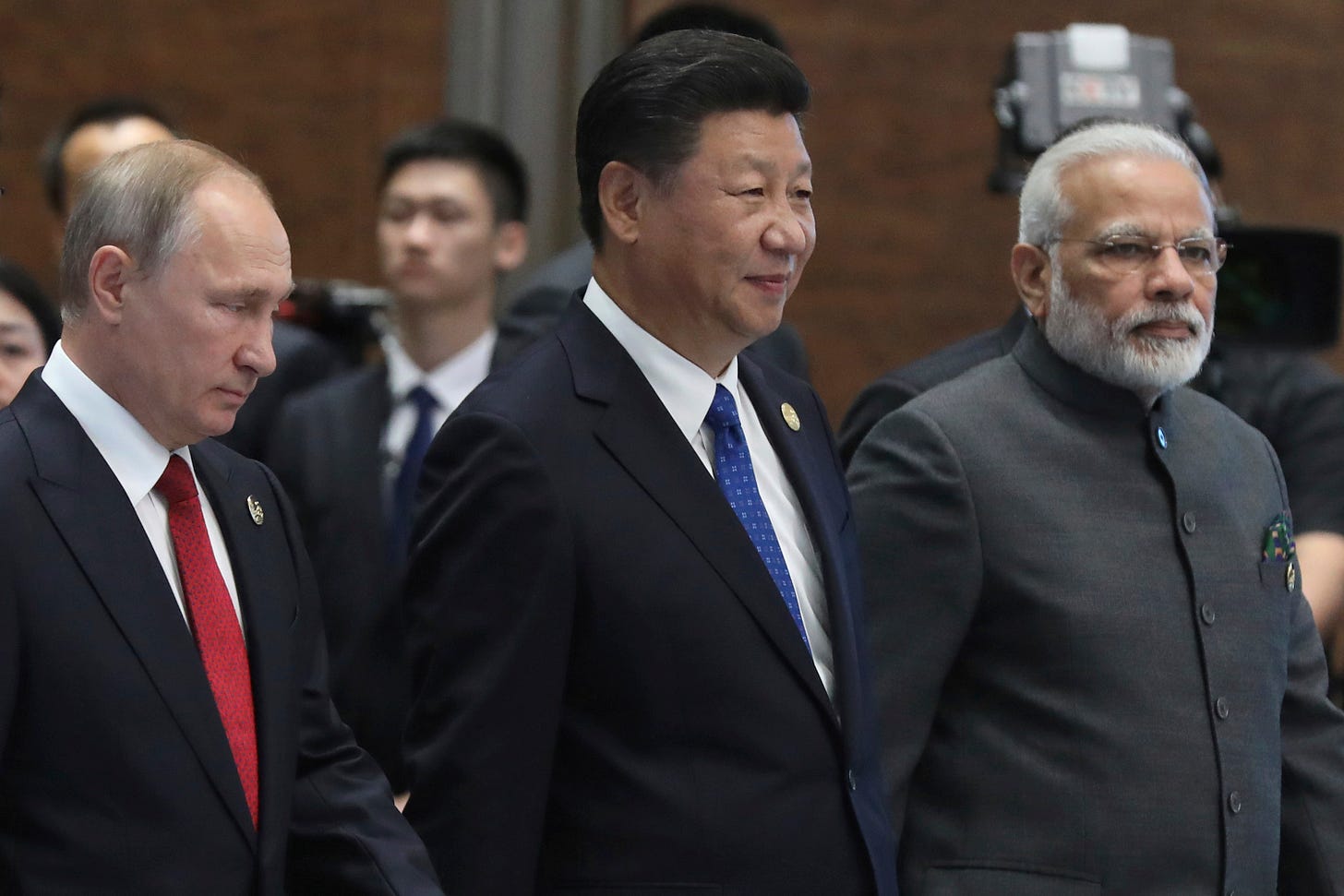
The geopolitical landscape demonstrates that the resilience of the Russian economy is rooted in a multi-pronged strategic approach: adaptation to sanctions, deep integration into alternative economic platforms (BRICS), and deliberate internal diversification.
While the economy is certainly under strain, facing high inflation and the threat of recession, Russia’s strategy transforms the pain inflicted by sanctions into a catalyst for systemic change. By leveraging the BRICS mechanism to promote de-dollarization and utilize national currencies for trade and development, Russia is establishing a structure that resists the financial control traditionally exerted by Western systems.
This is more than mere economic survival; it is a new playbook of economic resiliency for a multipolar world. Russia is not collapsing; it is repositioning itself through BRICS and may achieve a soft landing better than anyone expects. The EU and US sanctions, while imposing costs, have pushed Russia toward greater self-sufficiency and deeper cooperation with non-Western powers, creating an economic structure far more resistant to future unilateral pressures.



